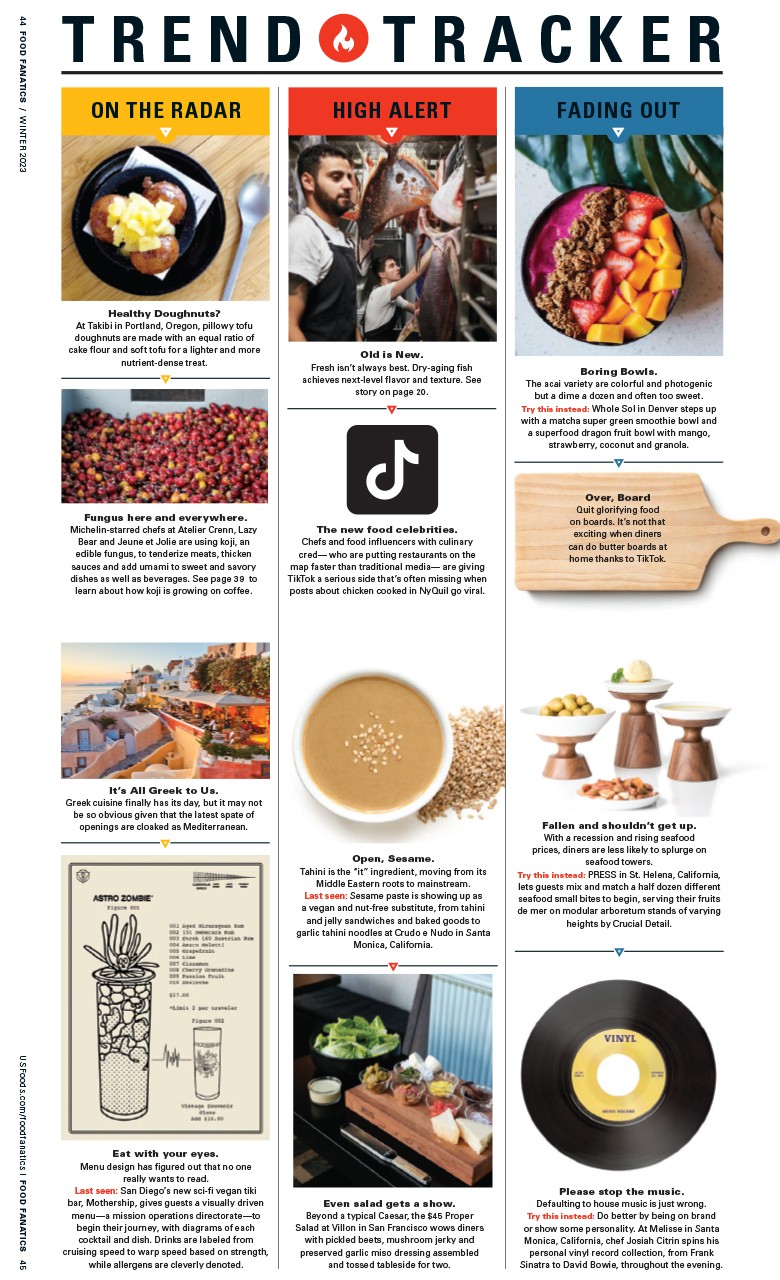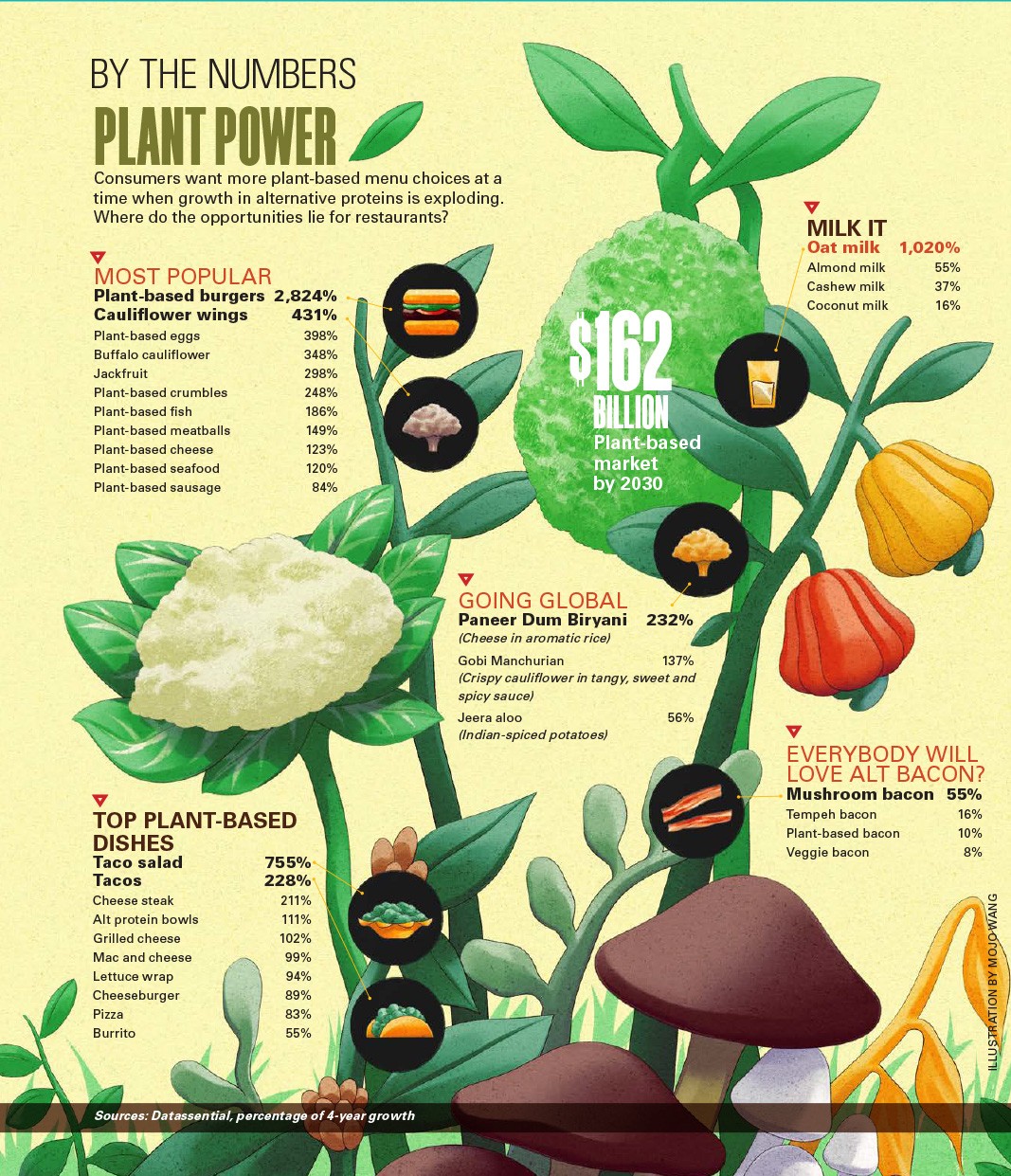TAKE COMFORT
For design, it’s all about feeling good
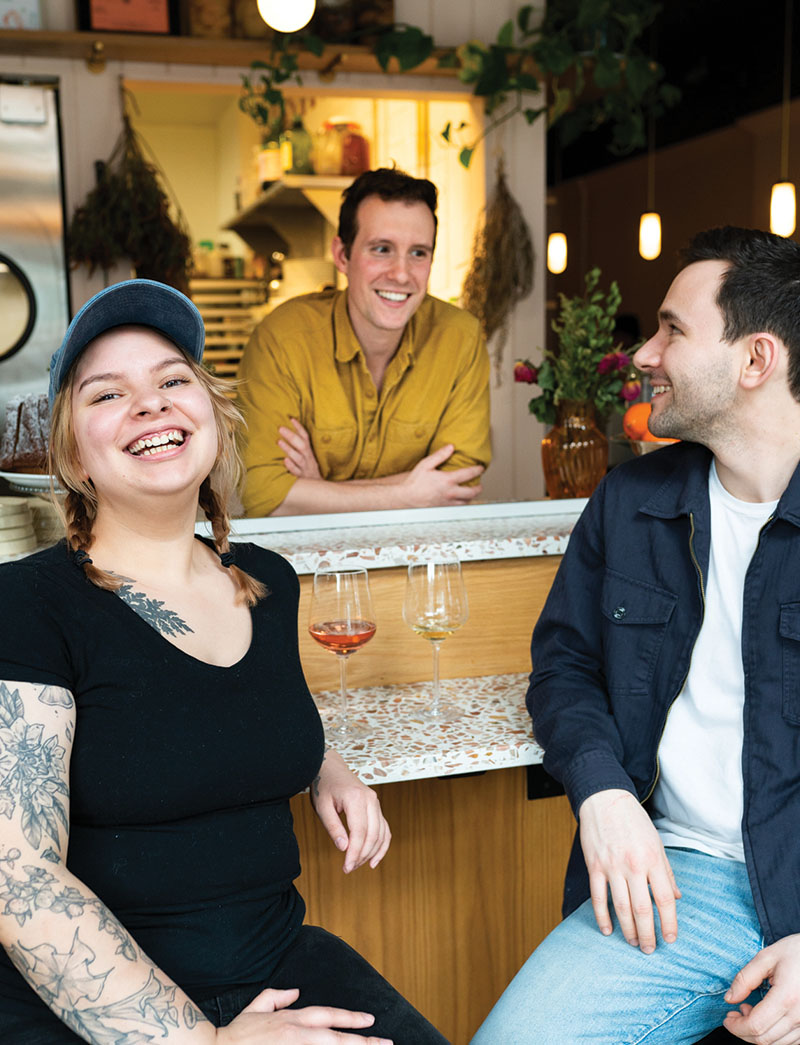 ›The comfort diners feel in a space reflects the times. They may not notice how it supports or weaves into a restaurant’s design, but operators know this to be true: You can’t host a party if people don’t feel good in your space.
›The comfort diners feel in a space reflects the times. They may not notice how it supports or weaves into a restaurant’s design, but operators know this to be true: You can’t host a party if people don’t feel good in your space.
Restaurant design trends ebb and flow too. Some pass on as new preferences emerge.
And others make a lasting impact, appearing with each new space that operators create. So when it comes to comfort in design, where have we come from and how does that influence what’s next?
BIG WAS BIG
As the hospitality industry began pulling out of the 2008 recession, some started to push physical boundaries. In Philadelphia, Marc Vetri’s Alla Spina sat 200 people at a time inside a former Buick dealership garage. At Linger in Denver, 150 people were packed in across two levels.
Design touches reflected the honesty of a chef’s story. Exposed light bulbs, reclaimed wood tables and iron bars peppered many such spaces.
“It was a lot of exposed brick and wood and industrial kind of finishes; things that were workmanlike and honest,” remembers Stephani Robson, senior lecturer emerita at Cornell University’s School of Hotel Administration. “I don’t know that people would equate that with physical comfort. Maybe psychological comfort. It was about consistency of message with the food, which is what you want.”
FEELING SAFE IS PARAMOUNT
Safety and comfort are more important than ever, yet so are the challenges. With coronavirus a part of life, design needs to lure diners worried about exposure and public violence. And there are permeating staffing and supply chain problems. “The math doesn’t work anymore,” Robson says about massive dining rooms with packed tables. “It’s not comfortable from a restaurant operator’s perspective. Or a guest perspective – they don’t want to be one in a sea of people.”
Some operators of large spaces are modifying their current design. At Andina in Portland, Oregon, owner Peter Platt installed two new air systems for improved filtration and ionization. He also built a new patio. But many operators can’t afford such upgrades. And so current design trends suggest that simple modifications can help new spaces look lean and clean.
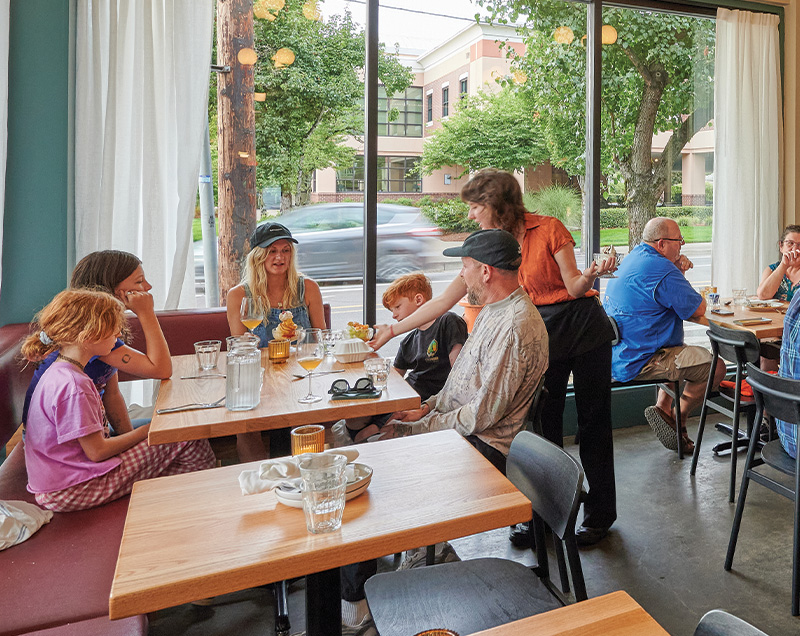 TINY TOUCHES
TINY TOUCHES
Oregon restaurateur Andy Fortgang says comforting guests requires welcoming them to the action while keeping them out of the bustle. “That is a tall order – combining energy and excitement while maintaining a perceived sense of calm and being cared for,” Fortgang says.
As co-owner of Le Pigeon and Canard in Portland, he’s incorporated design shifts at their new, larger Canard location in Oregon City, which opened in July. A sizable patio includes a pass-through window for sundaes and snacks. Inside, large windows, a few extra inches between seats, and quality air flow create a sense of airiness for guests. “It’s about creating many slightly different spaces that still have site lines to the others,” Fortgang says of how this serves staff patterns too.
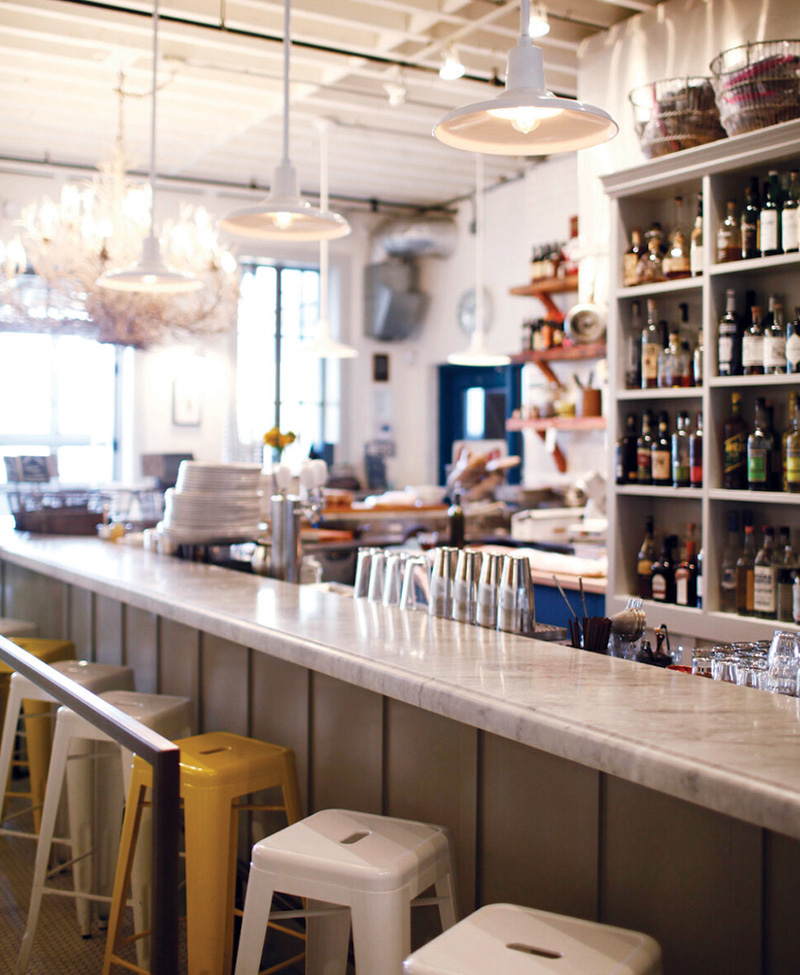 STRATEGIC SEATING
STRATEGIC SEATING
Smaller restaurants also benefit from strategic seating. Chef Jeremy Salamon opened Agi’s Counter in Brooklyn, New York, in November of 2021. With only 27 seats, many of his guests sit at a counter facing a large open kitchen window. As guests are served from the line, this minimizes a need for additional servers.
The window also reflects his restaurant’s Hungarian story. “An open kitchen window invites the diner into the inner workings of the restaurant so there are no secrets, which is exactly how my mother and grandmothers operated in the kitchen, inviting people in,” Salamon says. “It creates a level of comfort for guests. I’m lucky to have a talented staff who are passionate about the food we create. Conveying that to diners is important to their experience, especially now.”
FROM BANQUETTES TO BOOTHS
On the opposite wall of Agi’s Counter, guests eat at tables running down a wood banquette. The counter and banquet setup repeats at The Walrus & Carpenter in Seattle and again at Chef Angie Mar’s Les Trois Chevaux in Manhattan. “People are much more comfortable when at least one side of their table is up against something structural. It helps defend their personal space,” Robson notes. “With COVID, this has become even more important.”
Banquettes help operators streamline seating. But Robson projects we’ll see fewer of them in the future – and more booths. Mar added a few plush blue booths at Les Trois Chevaux. At Chai Pani in Asheville, North Carolina, guests eat “mindblasting” Indian street food in vibrant red booths that line one wall. People spend more money per minute when seated in a booth, Robson says.
WHAT’S COMING
For a variety of factors, independent restaurants will stay on the smaller size for several years to come. “The math works,” says Robson of restaurants capping out at 60 or so seats. Small restaurants reduce real estate costs. And they’re easier to staff – a problem projected to remain for a while.
Keeping everyone safe means making sure staff can easily assess their stations. So we may see more open kitchens, fewer separated dining spaces and simplified foot patterns.


